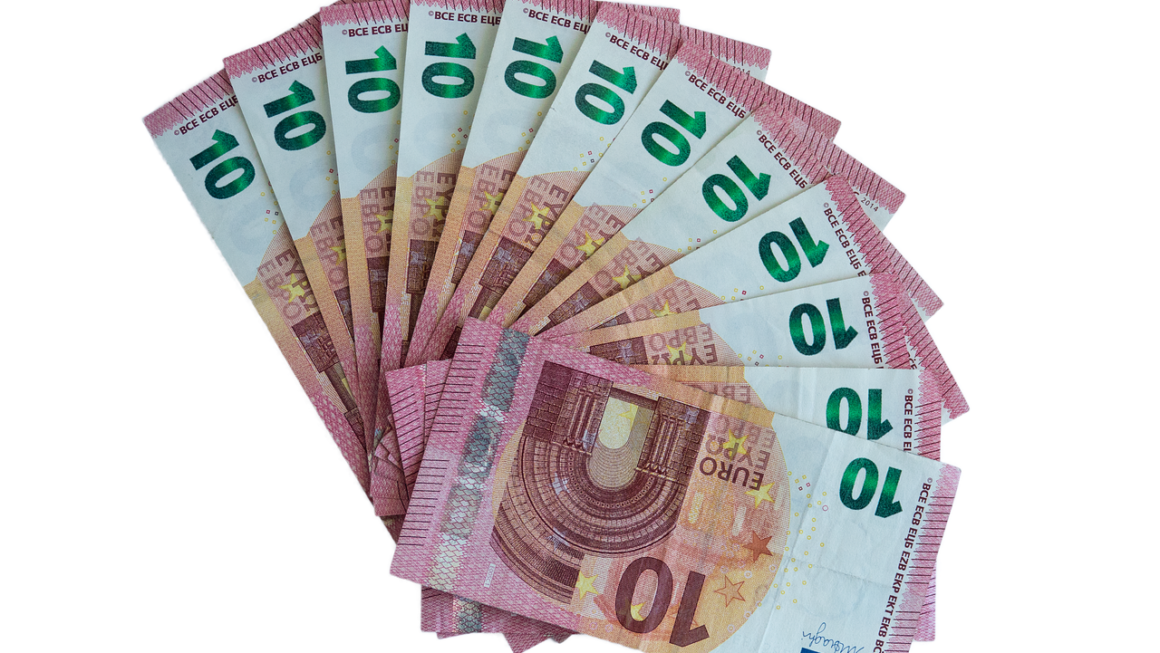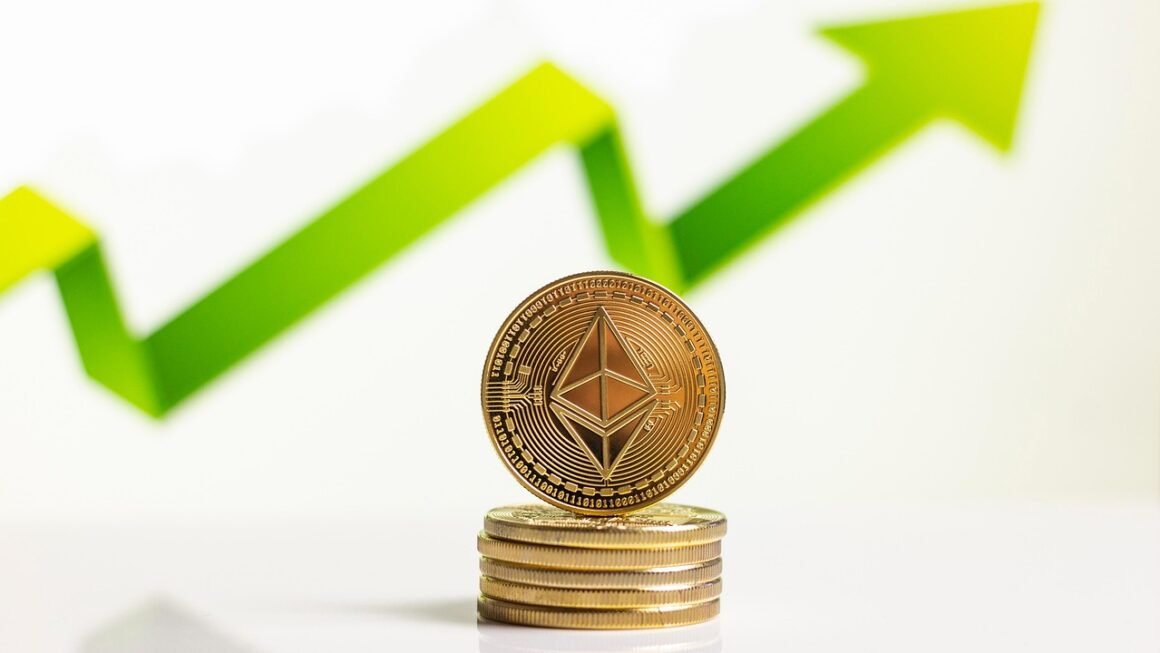Imagine your money working tirelessly, not just earning a steady income, but also generating income on that income. That’s the power of compound interest, a financial principle often hailed as the eighth wonder of the world. Understanding how it works is crucial for building wealth and achieving your financial goals. This guide will break down compound interest, explore its benefits, and provide practical tips to harness its potential.
What is Compound Interest?
The Basic Definition
Compound interest is essentially earning interest on your initial investment (principal) plus the accumulated interest from previous periods. Unlike simple interest, which is only calculated on the principal, compound interest allows your money to grow exponentially over time.
How it Works: A Simple Example
Let’s say you invest $1,000 in an account that earns 5% interest compounded annually. Here’s how it breaks down:
Year 1:
- Interest earned: $1,000 5% = $50
- New balance: $1,000 + $50 = $1,050
Year 2:
- Interest earned: $1,050 5% = $52.50
- New balance: $1,050 + $52.50 = $1,102.50
Notice that in year 2, the interest earned is higher than year 1 because it’s calculated on the new balance, including the previous year’s interest. This snowball effect is the essence of compound interest.
The Compound Interest Formula
The mathematical formula for calculating compound interest is:
A = P (1 + r/n)^(nt)
Where:
- A = the future value of the investment/loan, including interest
- P = the principal investment amount (the initial deposit or loan amount)
- r = the annual interest rate (as a decimal)
- n = the number of times that interest is compounded per year
- t = the number of years the money is invested or borrowed for
For example, using our previous scenario with $1,000 invested at 5% compounded annually for 10 years:
A = $1000 (1 + 0.05/1)^(110)
A = $1000 (1.05)^10
A = $1,628.89
After 10 years, your initial $1,000 investment would grow to approximately $1,628.89 due to compound interest.
The Power of Time: Start Early!
Time is Your Greatest Asset
One of the most crucial factors influencing compound interest is time. The longer your money is invested, the more significant the impact of compounding becomes. This is why starting to invest early is so important.
The Early Bird Advantage
Consider two individuals: Sarah starts investing $200 per month at age 25, while John starts investing $200 per month at age 35. Both invest in an account with an average annual return of 7%.
By age 65:
- Sarah, who started earlier, would have approximately $647,000.
- John, who started later, would have approximately $312,000.
Even though John invested the same amount monthly, Sarah’s earlier start allowed her investment more time to grow exponentially through the power of compound interest, resulting in over twice the final value.
Key Takeaways:
- Begin investing as early as possible.
- Consistency is crucial; even small, regular investments add up over time.
- Understand that time is a powerful ally in harnessing compound interest.
Different Compounding Frequencies
Annual vs. Quarterly vs. Monthly Compounding
The frequency at which interest is compounded can significantly impact the growth of your investments. The more frequently interest is compounded, the faster your money grows (all other factors being equal).
Example: Impact of Compounding Frequency
Let’s say you invest $5,000 at a 6% annual interest rate. Here’s how different compounding frequencies would affect your return after 5 years:
- Annually: A = $5,000 (1 + 0.06/1)^(15) = $6,691.13
- Quarterly: A = $5,000 (1 + 0.06/4)^(45) = $6,734.28
- Monthly: A = $5,000 (1 + 0.06/12)^(125) = $6,744.25
- Daily: A = $5,000 (1 + 0.06/365)^(365*5) = $6,749.17
While the difference may seem small in this example, over longer periods and with larger principal amounts, the impact of compounding frequency becomes more substantial.
Choosing the Right Account
When selecting investment accounts, consider the compounding frequency offered. While a slightly higher interest rate is generally preferable, comparing accounts with similar rates, the one with more frequent compounding (e.g., daily vs. annually) will provide a slightly better return over time.
Utilizing Compound Interest Effectively
Investment Vehicles That Benefit from Compounding
Many investment vehicles leverage the power of compound interest. Understanding these options can help you build a diversified portfolio tailored to your financial goals.
Common Investment Options
- Savings Accounts and Certificates of Deposit (CDs): These offer relatively safe, though lower, interest rates and benefit from consistent compounding.
- Bonds: Bond yields are a form of interest, which, if reinvested, can compound over time.
- Dividend Reinvestment Plans (DRIPs): DRIPs allow you to automatically reinvest dividends earned from stocks, purchasing more shares. This accelerates compounding as you own more of the underlying asset.
- Retirement Accounts (401(k)s, IRAs): These tax-advantaged accounts are ideal for long-term investing and allow compound interest to work its magic without the immediate impact of taxes.
- Index Funds and ETFs: These diversified investments track market indexes and provide exposure to a broad range of stocks, benefiting from both dividend reinvestment and potential capital appreciation.
Practical Tips for Maximizing Compounding
- Reinvest all earnings: Don’t withdraw interest or dividends. Reinvest them to accelerate compounding.
- Minimize taxes: Utilize tax-advantaged accounts like 401(k)s and IRAs to shield your earnings from taxes, allowing more money to compound.
- Diversify your investments: Spreading your investments across different asset classes can help manage risk while still capitalizing on compounding.
- Be patient: Compounding is a long-term game. Don’t get discouraged by short-term market fluctuations. Stay the course, and let time work in your favor.
Compound Interest and Debt
The Dark Side of Compounding
While compound interest is a powerful tool for wealth creation, it can also work against you when it comes to debt. Just as your investments grow exponentially, so too can your debts if left unmanaged.
Credit Card Debt: A Compounding Nightmare
Credit card debt is a prime example of how compound interest can quickly spiral out of control. High interest rates, coupled with monthly compounding, can make it difficult to pay down the principal balance.
Example: The Cost of Minimum Payments
Suppose you have a credit card balance of $5,000 with an interest rate of 18% compounded monthly. If you only make the minimum payment (usually around 2-3% of the balance), it could take you over 20 years to pay off the debt, and you’ll end up paying significantly more in interest than the original principal.
Strategies for Managing Debt
- Pay more than the minimum: Paying even a small amount more than the minimum payment can significantly reduce the time it takes to pay off your debt and the total interest paid.
- Consolidate debt: Consider transferring high-interest credit card debt to a lower-interest loan or balance transfer credit card.
- Avoid taking on new debt: Develop a budget and stick to it to avoid accumulating more debt.
Conclusion
Compound interest is a fundamental principle that can significantly impact your financial well-being. By understanding how it works and taking advantage of its power, you can accelerate your wealth-building journey. Remember that time is your greatest asset; start investing early, reinvest your earnings, and stay disciplined. Conversely, be mindful of the compounding effect of debt and take proactive steps to manage it effectively. Mastering compound interest, both as an asset and a liability, is key to achieving long-term financial success.



